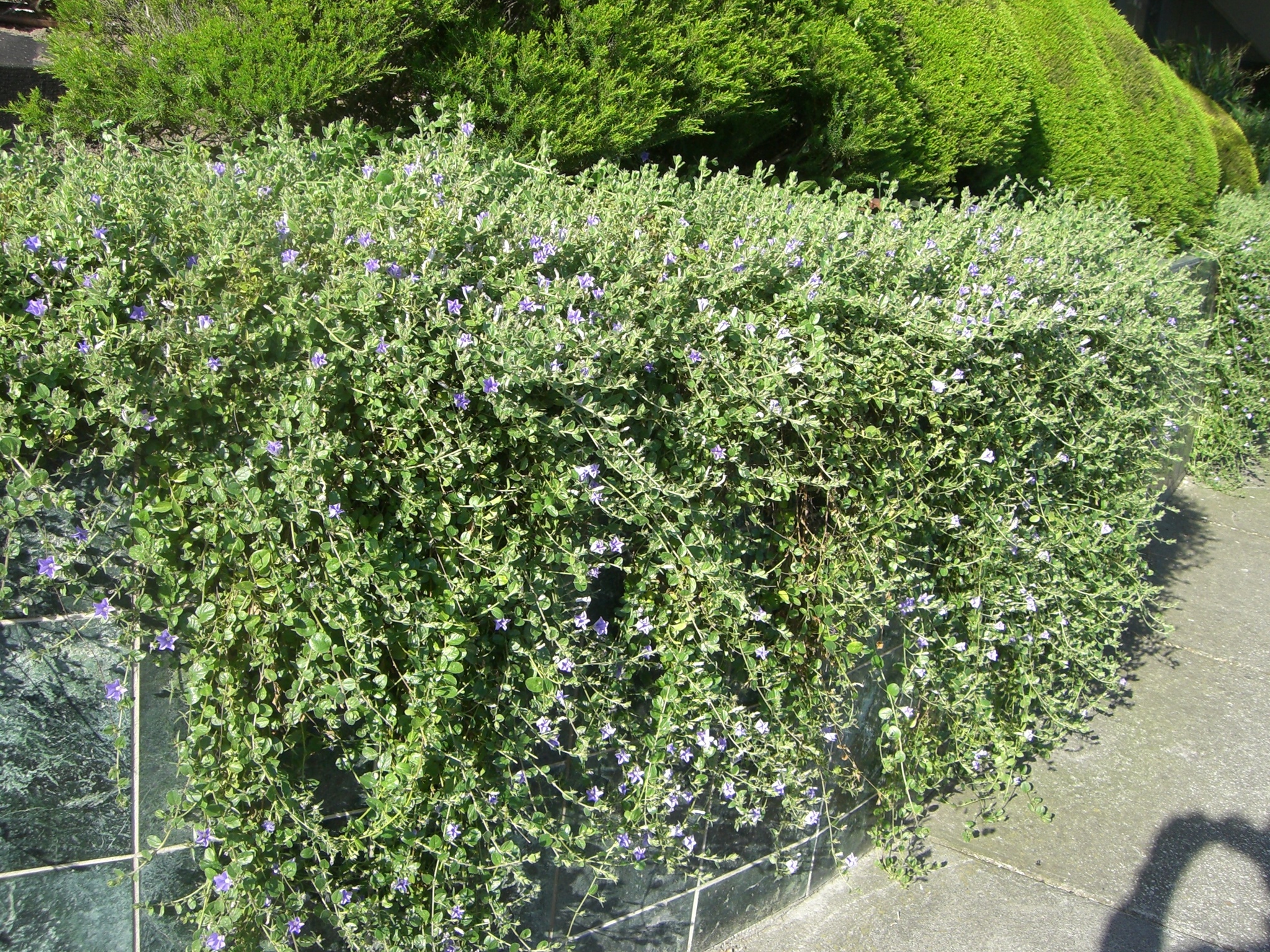
Latin convolvere — to twine.
Annual or perennial scrambling or twining herbs and shrubs, sometimes woody and/or with a milky latex. Leaves entire. Flowers in axillary or terminal clusters, sometimes solitary, with small leafy bracts that do not enclose the calyx. Corolla funnel-shaped, the mid-petal line often a different colour. Stigma with linear, thread-like or club-shaped lobes. Fruit a dry capsule containing mostly 4 seeds.
A number of species have become difficult weeds to eradicate.
C. arvensis L. is a widespread invasive Eurasian weed with white or pink funnel-shaped, scented flowers to 2.5 cm long; C. cantabrica L. is a perennial from S Europe with stalkless leaves and pink flowers; C. erubescens Sims, Pink Bindweed (Blushing Bindweed), is native to all states and has toothed, lobed or divided leaves; C. floridus L. f. from the Canary Islands is a woody shrub or climber with leaves to over 10 cm long and flowers to about 1 cm wide in many-flowered terminal clusters, white or pale pink.
Seeds, softwood cuttings and sometimes layers of woody species, and division.
C. floridus has roots that are the source of an essential oil; C. scammonia, Scammony, is the source of a purgative medicine.
Mostly twining plants or small shrubs with linear to oblong stigmas and bracts that are smaller than the sepals.
About 100 species, cosmopolitan but mostly temperate.
Source: (2002). Convolvulaceae. In: . Horticultural Flora of South-eastern Australia. Volume 4. Flowering plants. Dicotyledons. Part 3. The identification of garden and cultivated plants. University of New South Wales Press.
